Search
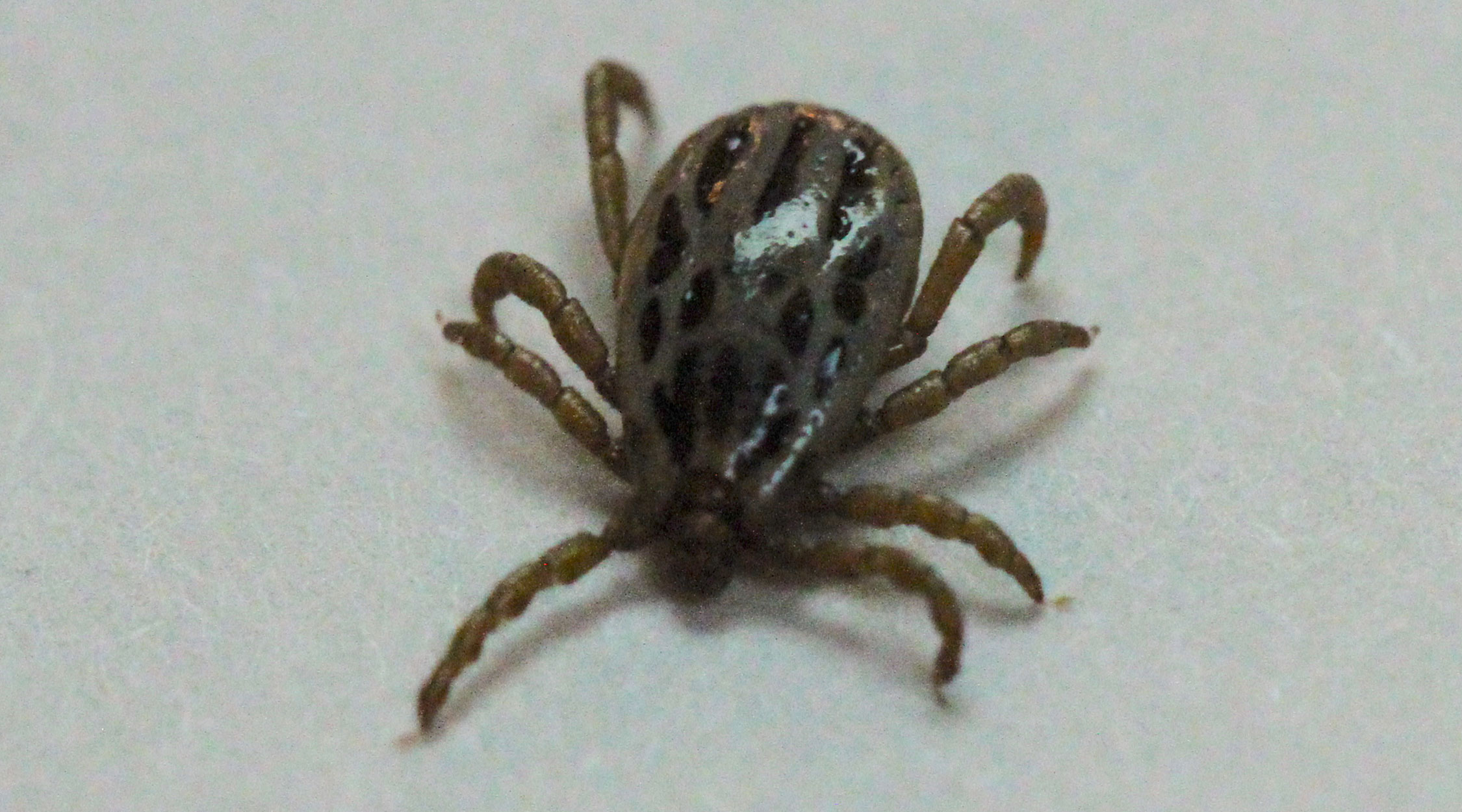
Winter Ticks in South Dakota
Winter ticks, also called moose ticks, are unlike other tick species because they are active during the winter months.
Multi-Species Grazing as an Alternative to Pasture Spraying
Broadacre spraying of pastures is intended to reduce undesirable plants and increase grasses for livestock. This practice often results in unintended consequences, including damage and reduction of native forbs and reduced profitability. One approach to managing perceived “weedy” plants is incorporating different species of livestock into a grazing operation.
Dakota & Lakota Traditional Games Resource
Play these games to promote the development of physical endurance, coordination, dexterity, quickness and strength.
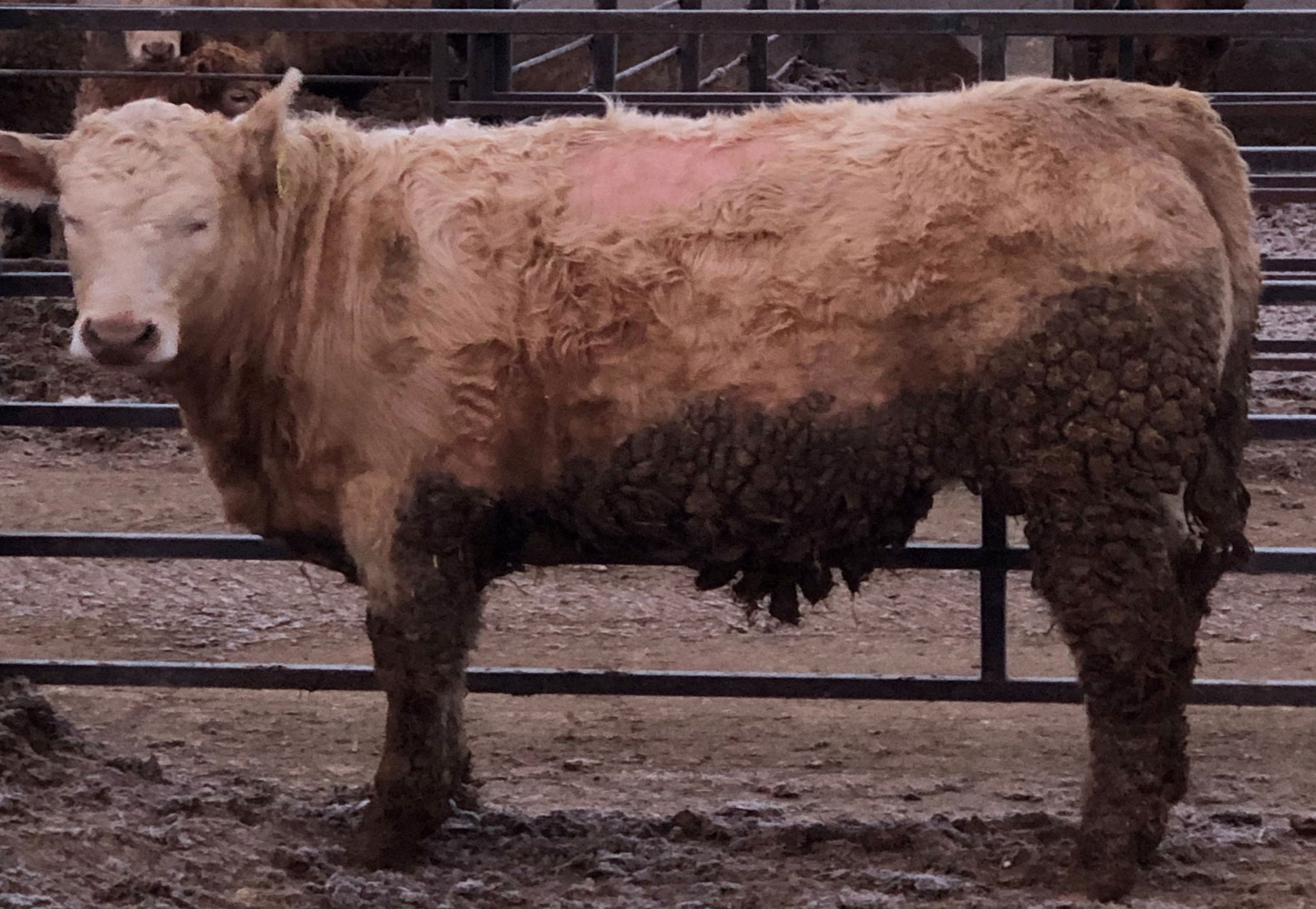
Winter Lice Control
Seeing cattle rubbing hair off due to lice infestations can be extremely frustrating. Not only are the cattle damaging fences and equipment, there also can be performance losses and health issues not to mention that the cattle are simply not as visibly appealing, which can be very important for seedstock producers or feeders selling backgrounded feeders.
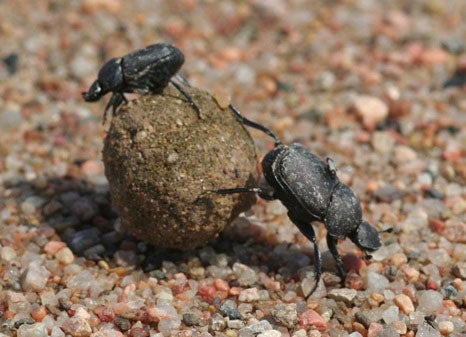
An identification guide to common Dung Beetles of South Dakota
A guide of common dung beetles of South Dakota.
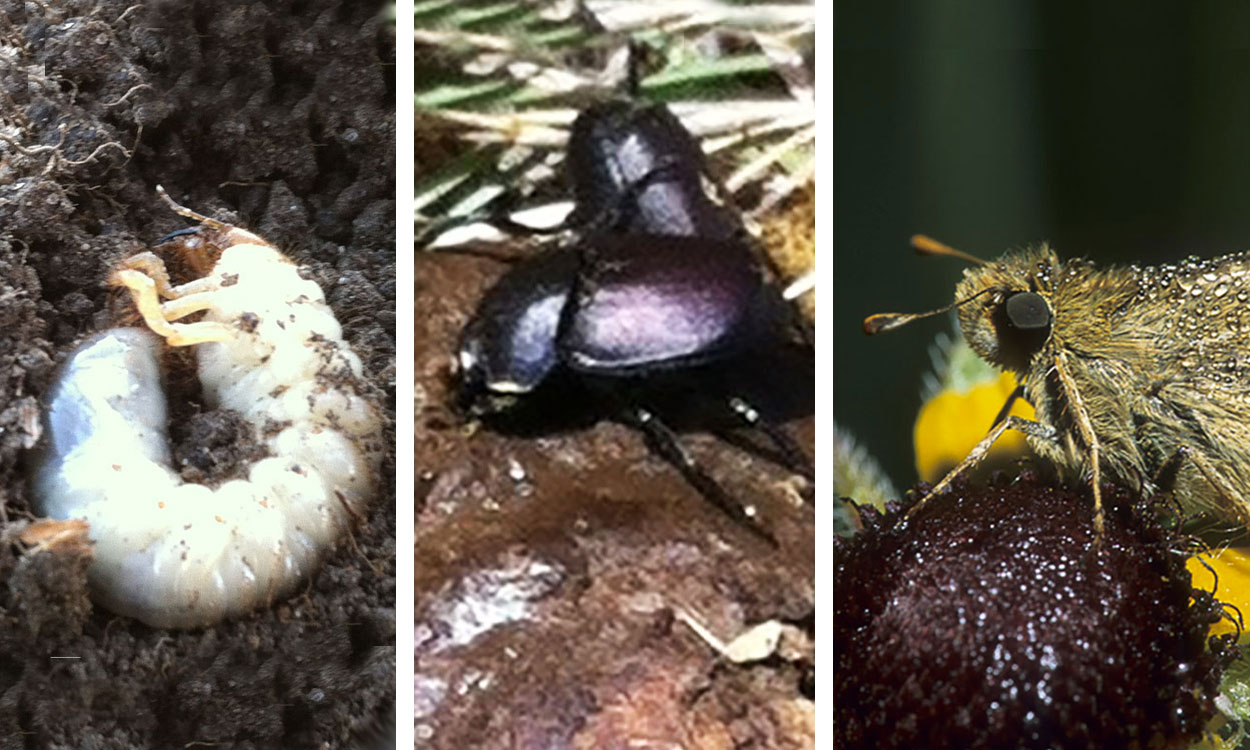
Rangeland Insects Are Critical Indicators of System Health
Insects, in general, may offer more indication of rangeland health than any other type of organism. They serve as key building blocks that other organisms depend on.
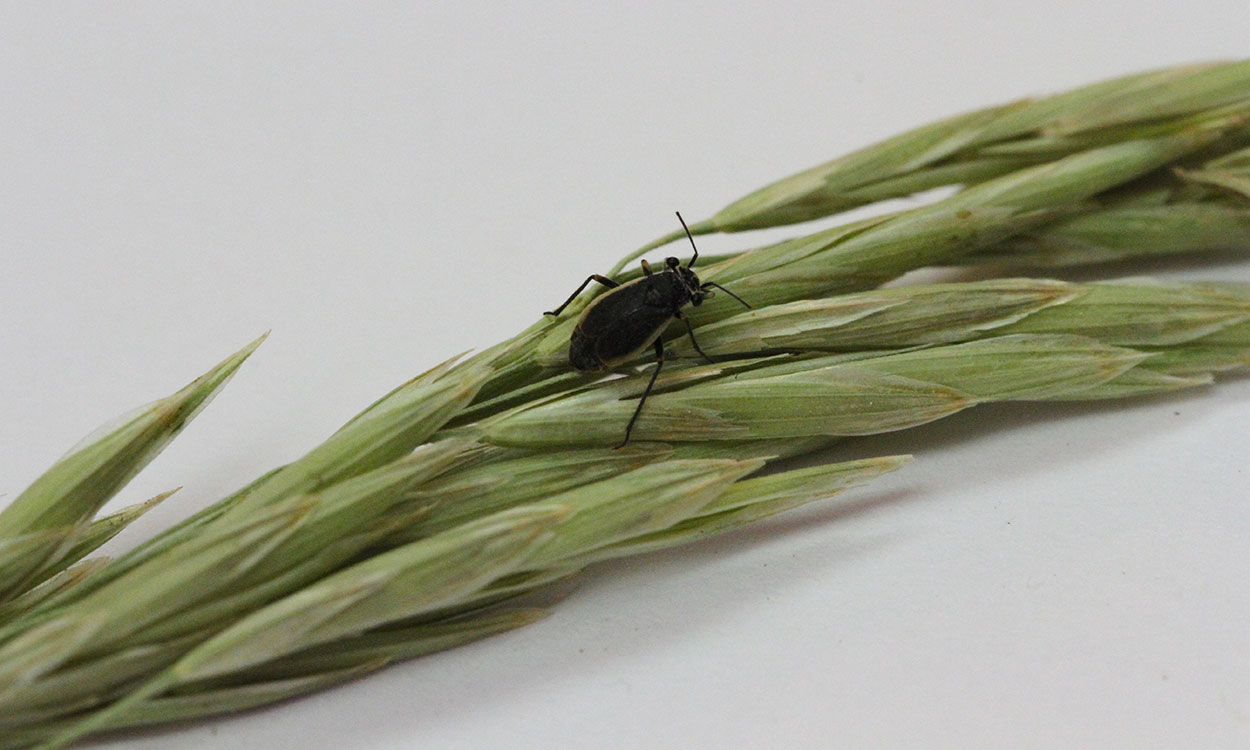
Drought Conditions Magnifying Impact of Black Grass Bugs
With much of South Dakota continuing to experience moderate-to-extreme drought conditions, black grass bugs could become a concern in some areas. Large populations of black grass bugs can cause severe damage to pasture.
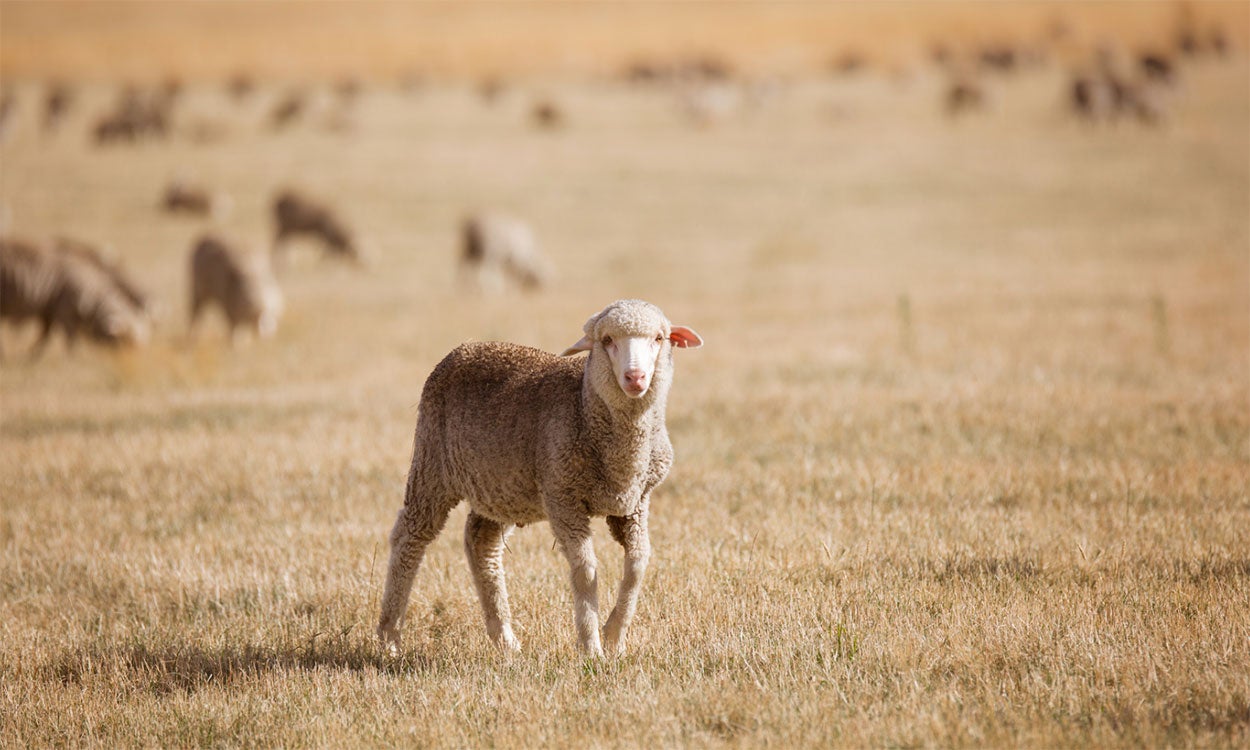
SDSU Extension, Nebraska Extension and K-State Research and Extension To Host Diversifying With Small Ruminants Workshops
May 16, 2022
SDSU Extension, in collaboration with Nebraska Extension and K-State Research and Extension, will host a series of Diversifying with Small Ruminants workshops June 7-9.
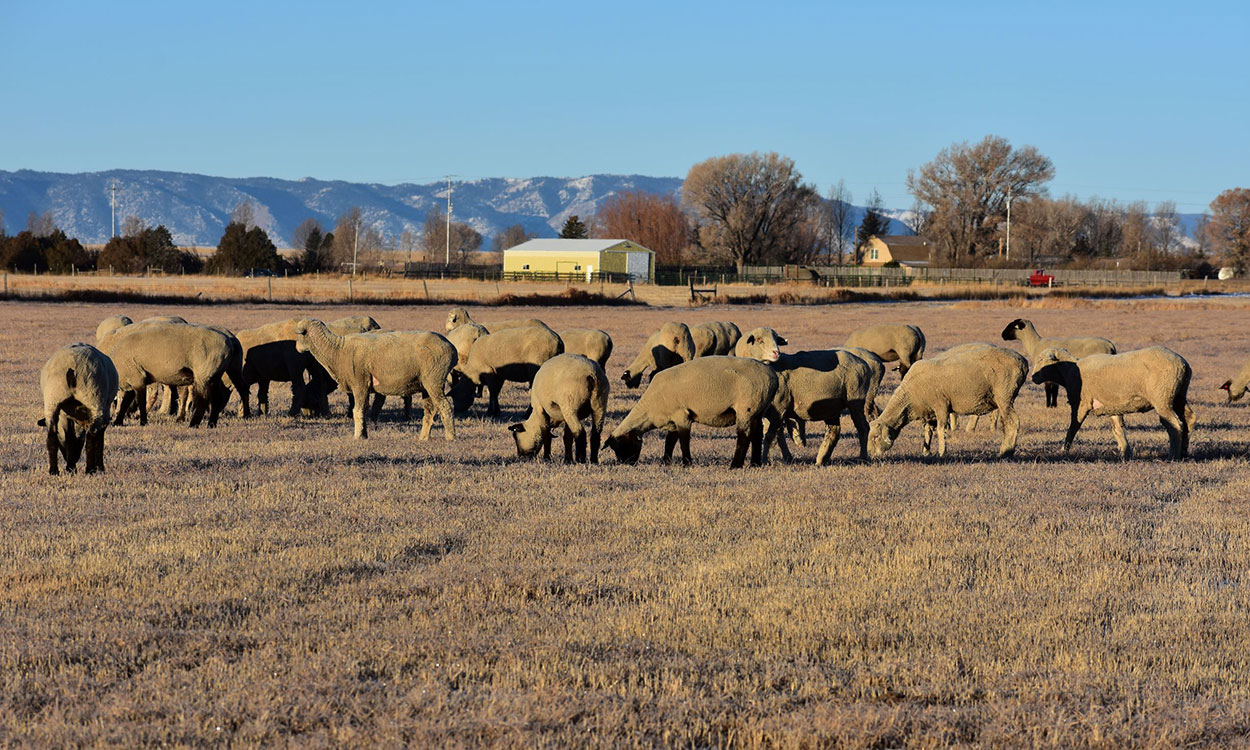
Multispecies Grazing: Benefits of Sheep Integration on Rangelands
Fact sheet about diversifying your operation to benefit your rangeland.
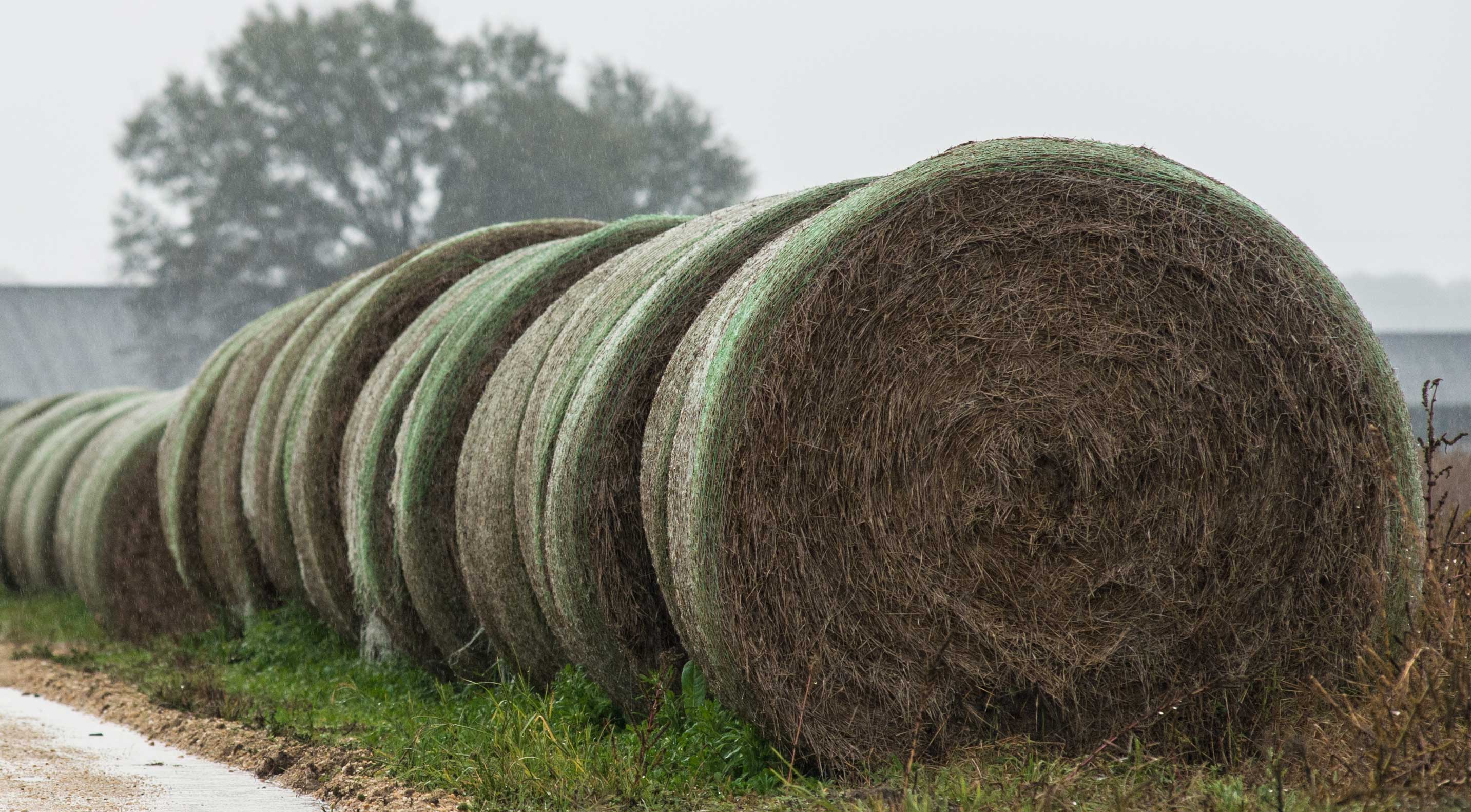
Round Bale Storage Conservation
Fact sheet discussing conservation of round bale storage.